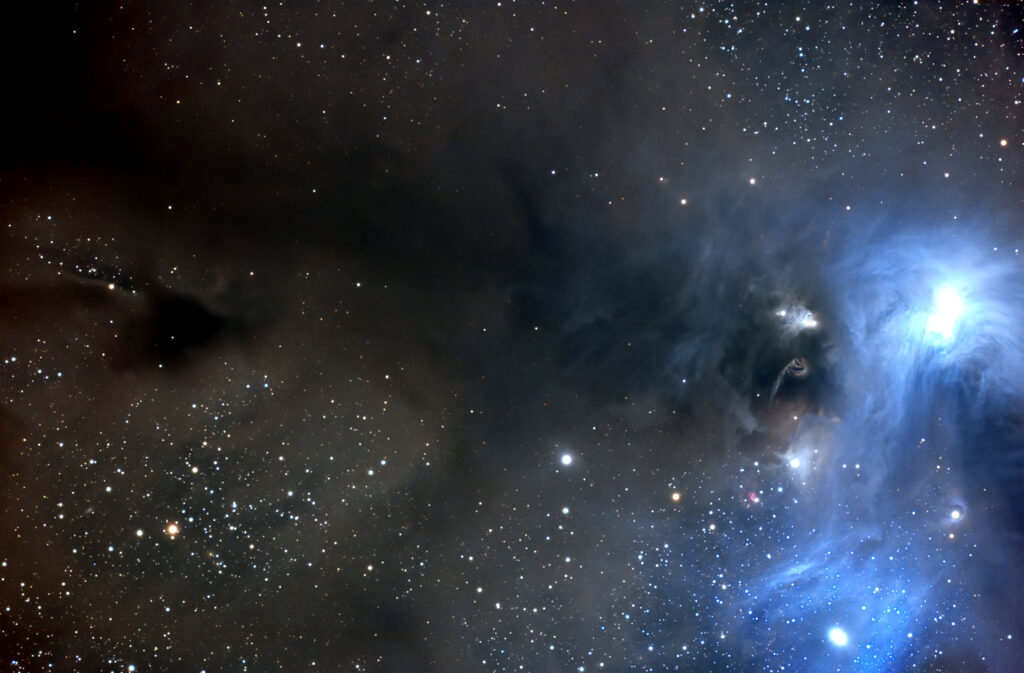
Seal Beach, California — The question of what a bucket full of deep space would contain might seem straightforward at first glance. One might assume it holds nothing, as outer space is often considered the closest thing we have to a vacuum. However, the universe is far more intricate than it appears. To explore this complexity, let’s imagine venturing into the Orion-Cygnus Arm of the Milky Way Galaxy with an average-sized 3.5-gallon bucket. What would such a container scoop up from the depths of space?
First and foremost, our bucket would capture approximately 4 million neutrinos. These nearly massless elementary particles travel close to the speed of light and originate from stellar cores, supernovae, and other regions of nuclear activity. Some neutrinos were even produced shortly after the Big Bang. They are so pervasive that billions pass harmlessly through our bodies every second. If these neutrinos emitted visible light, our bucket would be dazzlingly illuminated.
The Composition of Deep Space
In addition to neutrinos, our bucket would contain about 13,000 gas atoms, primarily hydrogen and helium, the universe’s most abundant elements. To put this into perspective, a bucket of Earth’s air at sea level contains roughly 1,300,000,000,000,000,000,000,000 gas molecules. Thus, 13,000 atoms is a minuscule amount by comparison. The density of these atoms varies significantly across the universe, with even fewer found in the vast intergalactic voids.
Moreover, our bucket might also capture a dust particle or two, though the likelihood is slim. The density of dust particles in space is about 0.0000001 per cubic meter. This means that collecting 77 buckets’ worth of deep space would yield only one dust particle. In the Orion-Cygnus Arm, if all dust particles within a volume the size of Earth were gathered, they would fill a space the size of three sugar cubes.
Photons and the Invisible Universe
Our bucket would also be traversed by numerous photons emitted from stars and distant galaxies. These light packets travel through space, allowing us to see stars from Earth. Deep space is teeming with these photons, moving in all directions. If we could trap them as we do with neutrinos, they would be bustling within our bucket.
However, what about the space itself, beyond the neutrinos, gas, dust, and photons? The Heisenberg uncertainty principle from quantum physics suggests that space is never truly empty. It is filled with virtual particles that appear in pairs, briefly exist, and then annihilate each other. These particles exist for such short periods that they cannot be directly observed, yet they are present in our bucket of space.
Implications of a “Full” Bucket of Space
So, a bucket of deep space contains a surprising assortment of elements, from neutrinos to virtual particles. The density of these contents varies depending on the location within the universe, from the relatively crowded regions of our galaxy’s spiral arms to the emptiness of the Eridanus Supervoid. This exploration highlights that even a seemingly empty bucket of space is far from devoid of content.
As we continue to study the universe, understanding these components of deep space could provide insights into the fundamental nature of reality. The presence of virtual particles, for instance, challenges our perceptions of emptiness and offers a glimpse into the quantum world that underpins our universe.
In conclusion, while a bucket full of deep space may appear empty, it is anything but. This exploration not only enriches our understanding of the cosmos but also invites us to ponder the unseen forces and particles that shape our universe.




